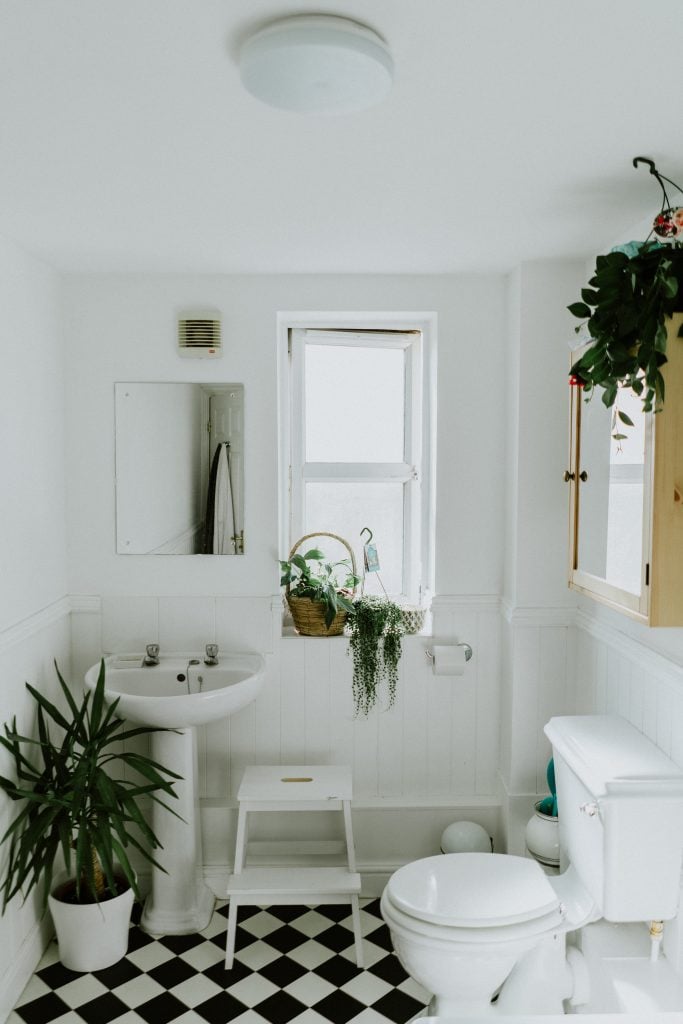Ask any real estate broker, and they will highly recommend a septic inspection before buying a home. The home and septic inspection process isn’t always required, but it’s worth doing to identify areas of concern and save you money in the long run. Here are five things that your septic inspection can detect.
No Septic System or Leach Field
This one is a very bad situation to run into while having your septic inspection, but it’s better to make sure you actually have a septic system and leach field. If the home’s lot is not large enough to support a septic system and leach field? This is why having a septic inspection is so important before you purchase your home. The entire new system can cost $15,000 to $20,000 or more.
Root Damage in the Leach Field

Your home inspection will address a leaky faucet or broken toilet, but a septic inspection will ensure that waste is disposed of properly.
Roots are a common issue here in Maine. Even after just 10 years, your leach field can be completely damaged by new tree growth. In fact, it’s the new little trees that do the most damage to a leach field and septic tank. During the septic inspection, they run a camera from the septic tank into the leach field to discover these issues very quickly. Leach fields cost anywhere from $6,000 to $10,000 depending on the size, so making sure that your leach field is unimpacted by roots is very helpful.
Septic System with a Metal Top
In older homes, you may find that your septic system has a metal top, which can be easily damaged when removing the lid to pump the system. Companies often prefer that you pay someone to have the lid removed prior to being pumped and you also have to pay to have the lid put back on. The only way to find out what type of system you have for sure is to have a septic inspection.
Leach Field Damage due to Vehicles or Heavy Equipment
This happens all the time, and the sellers usually have no idea. The preferred placement of a leach field is away from a driveway, shed, or garage so that vehicles are not driving over it. As mentioned, leach fields are not cheap to fix. This is another great reason to have a septic inspection done.
System Backups and Clogs
Out of all the septic tank system problems any homeowner could encounter, backups and clogs are the most common. Septic tank systems that are subjected to voluminous usage, especially over an extended period of time, may result in a major headache if the tank is not emptied frequently enough. This happens when a high amount of solid waste accumulates at the base of the septic tank without periodic pumping. Without sufficient emptying, sludge may start to get into your drain field and create clogs, inhibiting wastewater from dispersing naturally into the ground. The easiest and most guaranteed prevention of such problems is to get your tank pumped out as frequently as is recommended. No one would like the idea of dirty sewage seeping back up through the drains. Having a septic inspection allows you to see if these problems have occurred and will let you know if the system needs to be pumped prior to purchasing.
In my professional experience, I have encountered four out of five of these issues and saved my buyers thousands of dollars in the process. If they hadn’t had a septic inspection, they would have had to pay for these issues down the road. Having an experienced agent looking out for you during the buying process pays in the long term.


